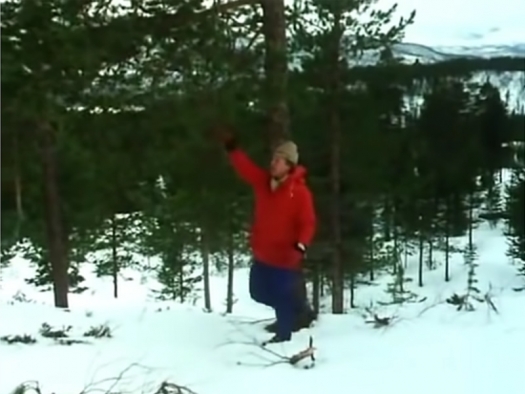With Sir David Attenborough
The Northern Forests examines the northern coniferous forests. The program begins in northern Norway, 500 kilometers north of the Arctic Circle. Here, there is only just enough light for the pine trees to survive, and it is extremely cold during the winter. Pine cone seeds provide one of the few foods available at this time of year, and large herbivores such as the moose must also rely on their fat reserves. However, there are predators, including lynxes, wolverines and eagle owls.
The coniferous forest grows in a belt right around the globe, some 1,900 kilometers across at its widest. On each continent, many migratory animals arrive in the spring, and even more during the summer. In years when the vole population is high, the numbers of their main predator, the owls, increase correspondingly and spread out.
Further south, the warmer climate sees the pine trees give way to broad-leaved species, such as the oak and beech. More birds occupy the forest canopy during the summer than at any other time of year, feeding on a myriad of insects.
At the onset of winter, many animals in these forests hibernate, and in America, Attenborough uncovers the den of a black bear, which can be asleep for six months at a time. Finally, further south still, Attenborough discovers the effects of forest fires and the ways the areas affected rejuvenate themselves within a couple of months.



